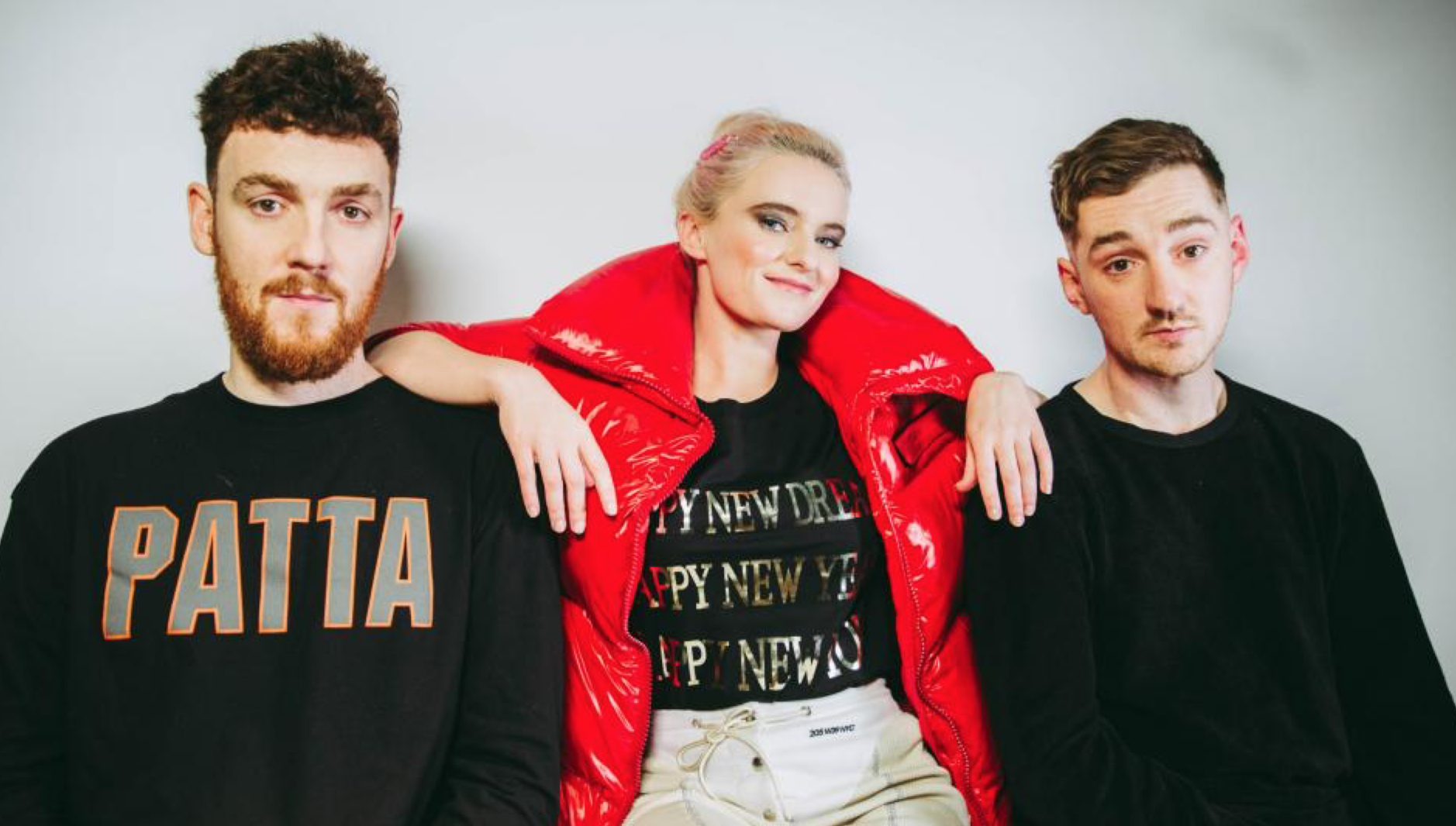The very likeable trio of Grace Chatto, and Jack and Luke Patterson formed pop electronic powerhouse, Clean Bandit, back in 2008. They’ve shifted 13 million singles and 1.6 million albums since; and hit superstar status in 2014 with their first number one single, Rather Be, in collaboration with Jess Glynne. The following year, they landed themselves a Grammy; and in 2016, they were UK Christmas number one with Rockabye, featuring Sean Paul and Anne-Marie. In 2017, they topped the charts once more with Symphony, featuring Zara Larsson. In December 2018, they released their second studio album, What Is Love? - which has a great hip hop underbelly, and no less than 22 guest artists: Charli XCX, Rita Ora, and Craig David, to name just a few. I sit down with them at London’s Strongroom Studios to find out more.
“We put on this really cool production that involved levitation and flying; that was maybe a pivotal moment,” reflects Grace Chatto, with a smile. We’re discussing moments in Clean Bandit’s career so far that they feel have made the most impact. “Luke’s drum kit, my grand piano, and Grace - we’re flying in hot air balloons, and our instruments are suspended from these hot air balloons, basically,” adds Jack Patterson.
“Careful, you’ll give away the trick,” warns Grace.
“I won’t tell them how it’s done,” Jack reassures her.
They’re clearly a charming bunch, so I dive in, and begin asking questions about the new album, What Is Love? How does it differ from their previous work?
“There is a sound running through the album, whereas [2014 release] New Eyes was all over the place in that respect,” explains Luke Patterson. “Drum and bass, trap... This is more refined, I think.”
“And slower, isn’t it? It’s all slower,” smiles Grace.
“Even though hip hop is slow, you wouldn’t think it’s slow; it’s more of a head nod than a hip shake,” suggests Jack. Luke Concurs.
“Yeah, there is still hip movement, for sure,” Grace laughs.
The record came about organically, Clean Bandit tell me: there was no plan, as such, about the lyrical content; the only thing they did have a plan about was to try and approach the writing differently, as the first album was all produced as it was written.
“It was done at a computer, while making sounds straight away,” Grace explains. “But with this one, Jack wanted to write at the piano, with piano and voice; and it was clear that the songs worked in that kind of stripped back form. With the first album, some just wouldn’t work like that: like Mozart’s House, for example.”
“It’s already proving a successful way of working,” adds Luke, with a smile.
“And that’s because we are promoting it with stripped back sessions,” Jack explains. “And Solo is the only song I was worried about, but it’s actually fine – the production element was already happening while we were writing it, but we realised we could play the big bass line in the style of Nirvana, so it worked well!”
“Yeah, and you can sing the vocal chops – it sounds good,” says Luke.
What Is Love? features a diverse repertoire of artists. I ask the band when they first realised that oxymoronic styles worked together. After a brief silence, I decide to elaborate: I explain that I do lots of ballet, and love doing it to hip hop. It strikes a chord with Grace.
“Ooh,” she smiles, seemingly in approval of my oxymoronic passtime. Phew.
“I would say we realised this around the time we did Mozart’s House,” says Luke. “It was the first video we made, we put it up on YouTube, and it got loads of views - and we thought that was very cool. It’s catchy, but very unique, in the way it has classical strings mixed with weird synth lines - and there is a rap on it. “
Did it surprise them that people took to it that well?
“We thought people would like it, I think; it was only after we started doing it that we started thinking about it,” admits Grace. “Really, the first thing we did after the songs were made was perform them live in a nightclub; and people were surprised to see violins and stuff in the club, but it was an electric atmosphere, and part of it was the surprise of that mix. “We played Frank’s Cafe in 2010 – that was when we first played in London – and it was to 2,000 people on a roof in Peckham, and no-one knew us; they were all hearing the songs for the first time, and everyone was dancing.”
“That was a pivotal moment, definitely,” Luke says.
“We immediately started playing live, and could see that people were liking it; there was no period of time spending ages in the studio worrying how people would react; we just took it out to the stage, straight off,” Grace says. It clearly paid off.


